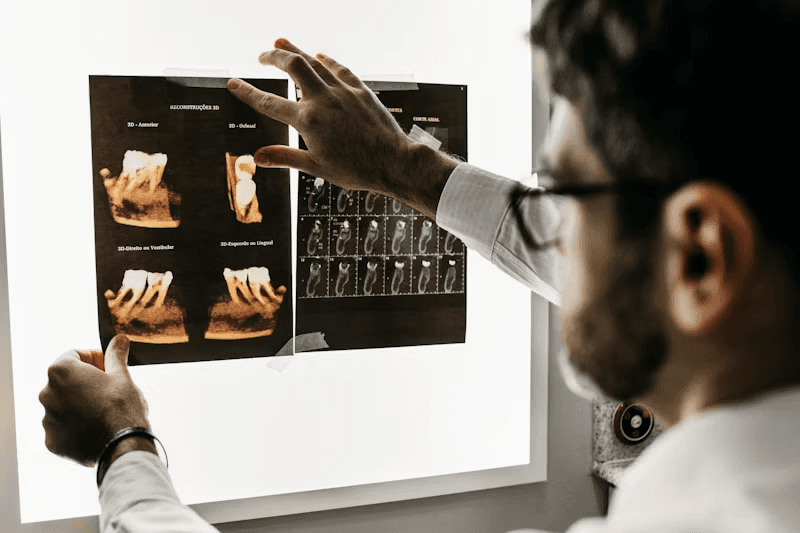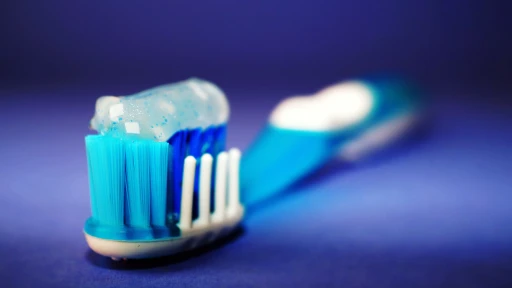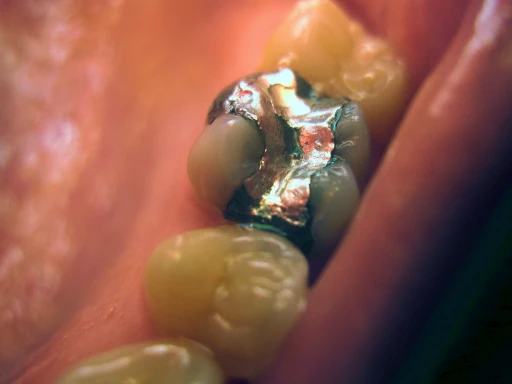If you're experiencing tooth pain that won't go away or sensitivity that keeps you up at night, you might be wondering whether you need a root canal. It’s a common question, and one we hear often from patients in Brooklyn. The good news is that modern root canal therapy is safe, gentle, and incredibly effective at saving natural teeth.
At Bensonhurst Dental, we provide expert endodontic care for patients in Brooklyn and nearby neighborhoods like Williamsburg. Our dental team is trained in the latest root canal techniques, ensuring you receive treatment without pain or unnecessary stress.
What Is a Root Canal?
A root canal is a dental procedure designed to treat an infected tooth from the inside. Deep within your tooth is a soft area called the pulp, which contains blood vessels, nerves, and connective tissue. When the pulp becomes infected due to decay, injury, or a crack in the tooth, the pain can become intense. That's when a root canal may be needed.
During a root canal procedure, your dentist removes the infected pulp, cleans and disinfects the inside of your tooth, and then fills it with a biocompatible material called gutta-percha. Finally, a crown is usually placed to protect the tooth and restore its strength.
Signs You May Need a Root Canal
Not sure if your symptoms are serious enough? These are common warning signs:
Sharp or throbbing tooth pain
Tooth sensitivity to hot and cold
Swelling around the gums
A pimple-like bump near the affected tooth
Pain when chewing or touching the tooth
If you notice any of these, especially if the pain is getting worse, it’s time to schedule an appointment. Early treatment helps to save your tooth and prevent the need for an extraction.
Why Root Canal Treatment Matters
Root canal therapy allows us to save damaged teeth and avoid tooth loss. Losing a tooth can lead to shifting in your bite, bone loss in the jaw, and the need for dental implants or bridges later on. A root canal done in time preserves the tooth structure and supports long-term oral health.
It’s also worth noting that a root canal eliminates infection and inflammation that could otherwise spread. Many patients are surprised by how pain-free the procedure actually is. With local anesthesia and proper care, the entire process can feel no different than getting a regular filling.
The Root Canal Procedure: What to Expect
The treatment usually begins with a consultation and x-ray. Once we confirm that the tooth’s roots and pulp are infected or inflamed, we’ll plan the procedure.
Here’s how a typical root canal visit goes:
Local anesthesia is used to numb the area, so you won’t feel any pain during the procedure.
A small opening is made in the tooth to access the pulp.
The infected tissue is removed, and the inside of your tooth is thoroughly cleaned.
The space is filled with gutta-percha to promote healing.
A temporary filling or temporary crown may be placed until a permanent restoration is ready.
In most cases, the second visit is used to place a permanent crown, which protects the tooth and restores function. Once the crown is cemented, the tooth can last many years with proper care.
Endodontics and Expert Dental Care in Brooklyn
Endodontics is the specialty branch of dentistry focused on treating the inside of the tooth. At our Brooklyn dental practice, we’re proud to offer endodontic treatment using advanced tools and techniques. Our endodontists and general dentists collaborate closely to ensure you receive comprehensive and seamless care.
Whether you're visiting us for emergency root canal treatment or a scheduled procedure, we make your comfort a top priority. We even offer sedation options if you feel nervous about the experience.
Root Canal vs Extraction
Some patients ask whether it’s better to extract the tooth instead. While extraction may seem like the simpler option, keeping your natural teeth is almost always the better choice for long-term dental health.
When a tooth is removed, the surrounding teeth can shift, and the bone in that area may begin to break down. Replacing the tooth with a dental implant helps, but it’s still not quite the same as keeping your natural tooth structure.
Root canal therapy helps to save your natural tooth, preserve your smile, and avoid the higher costs of more extensive dental work later.
How Long Does a Root Canal Take?
Most root canal treatments take one or two visits, depending on how severe the infection is. The procedure itself can last 60 to 90 minutes, and patients usually return to normal activities by the next day.
Mild soreness is normal, and we may recommend over-the-counter pain medication to help. If a temporary crown was placed, we’ll schedule your follow-up appointment to add the permanent one.
Brooklyn Root Canal Treatment with a Gentle Touch
At Bensonhurst Dental, we know the words “root canal” can cause anxiety. But with our friendly and professional team, most patients say the experience is much easier than expected. We’re here to guide you every step of the way, from diagnosis to recovery.
We provide root canal treatments for patients in Brooklyn, Williamsburg, and surrounding neighborhoods. If you’re dealing with tooth pain or think you may need a root canal, please visit our root canal specialists and get the care you deserve.
Schedule an Appointment Today
Whether you’re experiencing tooth sensitivity, need a second opinion, or are searching for a practice dedicated exclusively to endodontic care, we’re ready to help.
Schedule an appointment with Bensonhurst Dental and take the first step toward pain relief and long-term dental health. A root canal isn’t something to fear. With the right team, it’s something to feel good about.








